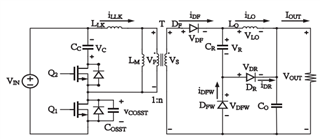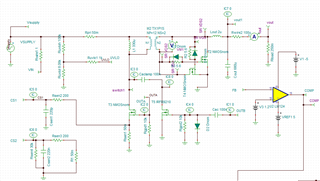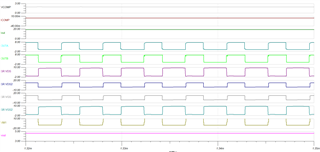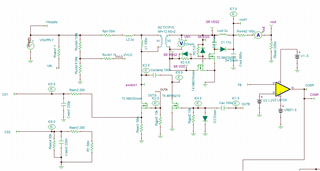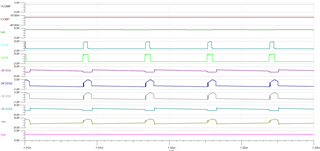Tool/software:
Hi,
I found a method to reduce the voltage spike on the secondary side diode of an active clamp forward converter and would like to apply it to the LM5025. Is this feasible?
His method uses diode rectification, while the LM5025 uses synchronous rectification, so I'm not sure if it can be implemented.
The circuit modification is as follows: CR and DR have been added.
